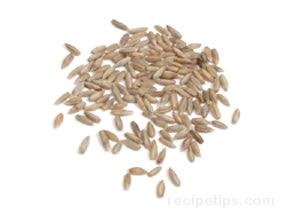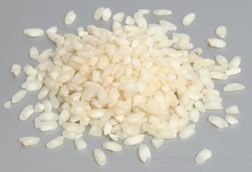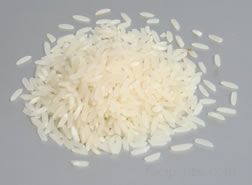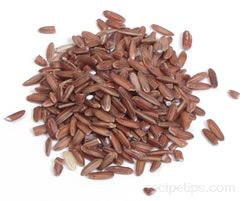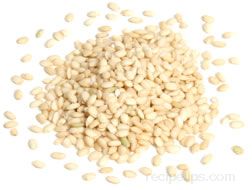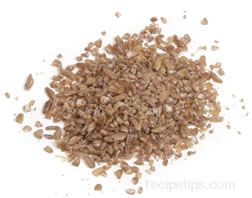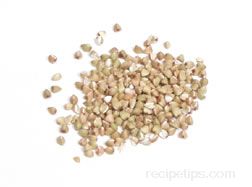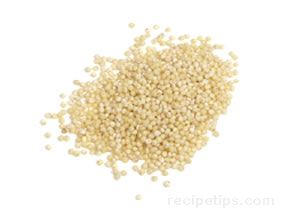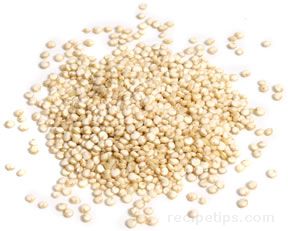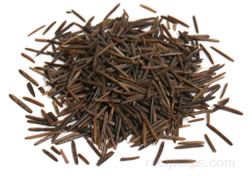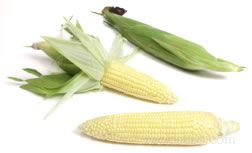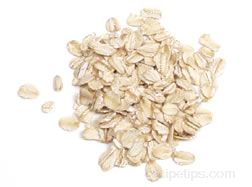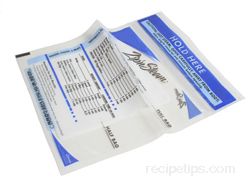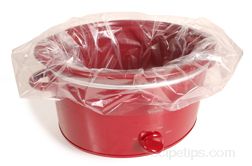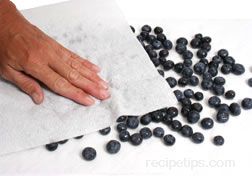Hot Liquid Cooking Techniques for Grain | Cooking Rye
| The three basic techniques for cooking rye with hot liquid are boiling, absorption, and steaming, which are perhaps the most popular methods for cooking most whole grains. Often a combination of these methods is used to cook grain depending on the type of grain, the particular recipe, or the desired effect. Some grains benefit from soaking before they are cooked because cooking with hot liquid alone may not produce the optimum results. |
Hot Liquid Cooking Techniques for Grain
BoilingBoiling is one of the easiest methods for cooking grain. The grain is cooked uncovered in a large quantity of water. The grain and water are then dumped into a colander and drained for several minutes to remove the excess moisture. This method is often the best when there is some doubt as to the correct quantity of water that can be absorbed by the grain. |
AbsorptionCooking grain with the absorption method is, perhaps, the method that most people are accustomed to when cooking many types of grain, but it is often the most difficult. This technique requires that the grain be cooked in a specific quantity of liquid, which can be readily absorbed by the grain. The absorption method may require some trial and error, but it is most often successful when slight adjustments are made to recipes based on variables that may affect the success of the absorption cooking method, such as the accuracy of the heat source, the altitude, and age and quality of the grain. |
SteamingSteaming is the third method for cooking grain and although it is the most time consuming, it produces beautifully cooked grain. The grain slowly absorbs moisture and cooks very evenly. Steaming alone usually is not adequate for cooking many types of grain, so it is often used in conjunction with other cooking methods and techniques. Some grains are boiled briefly before they are steamed while others may simply require soaking in cold water for a period of time to tenderize the grains prior to steaming. |
Cooking Rye
|
|
|
Boiled Whole-grain Rye |
| Bring 3 cups of water to a boil in a heavy saucepan. | 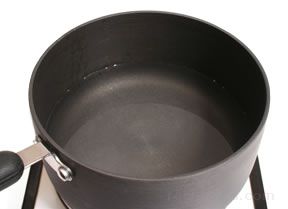 |
| Add one cup of rye berries that have been soaked overnight. | 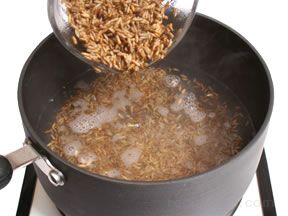 |
| Return to a boil, partially cover, reduce the heat, and simmer for 45 minutes. |  |
|
Check the rye for doneness: The kernels should be cooked through, but they should also be somewhat firm and chewy. |
 |
| Fluff the rye with a fork and season as desired. This recipe yields about 2 one-cup servings. |  |

